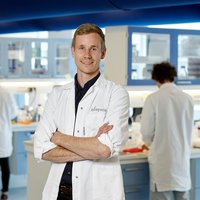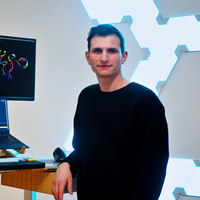Biotechnology & medicine
Jun Ni
Building a microbial factory, green synthesis brings a new industrialization model

Europe
Francesco Petrini
His prosthesis emits stimuli for patients with amputated legs to be able to feel their surroundings

Global
Silvia Caballero
Training helpful bacteria to fight the world’s most dangerous pathogens

Europe
Hans Genee
His “synthetic selections” allows for the production of vitamins in a sustainable, efficient, and biological fashion

Europe
Mark Fingerhuth
He uses quantum algorithms and artificial intelligence to analyze appropriate proteins in order to create better drugs
